The human with his back
I recently saw, in the replay, a cultural program on a Romanian television. A show from the 2000s. A discussion between two distinguished Romanian intellectuals. Horia-Roman Patapievici, writer, physicist, philosopher, and George Banu, theatreologist and university professor. The topic of the discussion was George Banu's book, entitled L' homme de dos, which would mean, roughly translated and I don't know how well, The human with his back.
The full title of the book is L' homme de dos
(peinture, théâtre). It is a book full of art images, and photographs from theatre performances, which refer to the image of the human being seen from behind.
I haven't read the book or had it in front of me. I would have liked it. What I know I learned from the discussion, i.e. Patapievici and the author, i.e. George Banu.
The more observant will probably notice that I write the name George Banu and the book says Georges Banu.
This is because George was born and studied in Romania and then lived in France, becoming a French writer of Romanian origin, hence Georges!
George Banu (Georges Banu, b. 22 June 1943, Buzău, Romania - d. 21 January 2023, Paris, Île-de-France, France) was a Romanian theatreologist and university professor based in Paris. Since March 2013 he has been an honorary member of the Romanian Academy. He studies at the Academy of Theatre and Film, Bucharest, with director Andrei Șerban as a colleague. He became a professor of theatre studies at the Sorbonne - Paris, France, where he settled in 1973. He is also a professor at the University of Louvain la Neuve in Belgium. From 1991 to 2000 he was director of the Experimental Theatre Academy. He is an honorary president of the International Association of Theatre Critics (having been elected president three times).Source
L' homme de dos,peinture, théâtre
So what's new with this book with such a strange title?
I have learned that since the 15th century, there has been a change in painting. Painters began to break away from religious influence and canons. These references are about painting in the European Catholic space.
In the paintings, characters began to appear viewed from behind. Characters on a different plane from the main subject seem to be from another story, independent in their action.
In the theatre, after the 17th century, some actors played with their backs to the audience, which had been forbidden until then.
What does this mean?
"Turning back is considered a position of rebellion, such as absence from or absorption in the world, denial of existing authority, isolation from the group, or imposition through a very significant physical expression without the gaze coming into play."
Why did I write about this book?
I ask myself and I answer...
Just as these characters appear with their backs to the viewer in painting and theatre, so it is in photography. We all have photographs of characters seen from behind... I guess, or rather, I hadn't thought about the special significance of this position. When photography appeared this prohibition of subjects viewed from behind no longer existed.
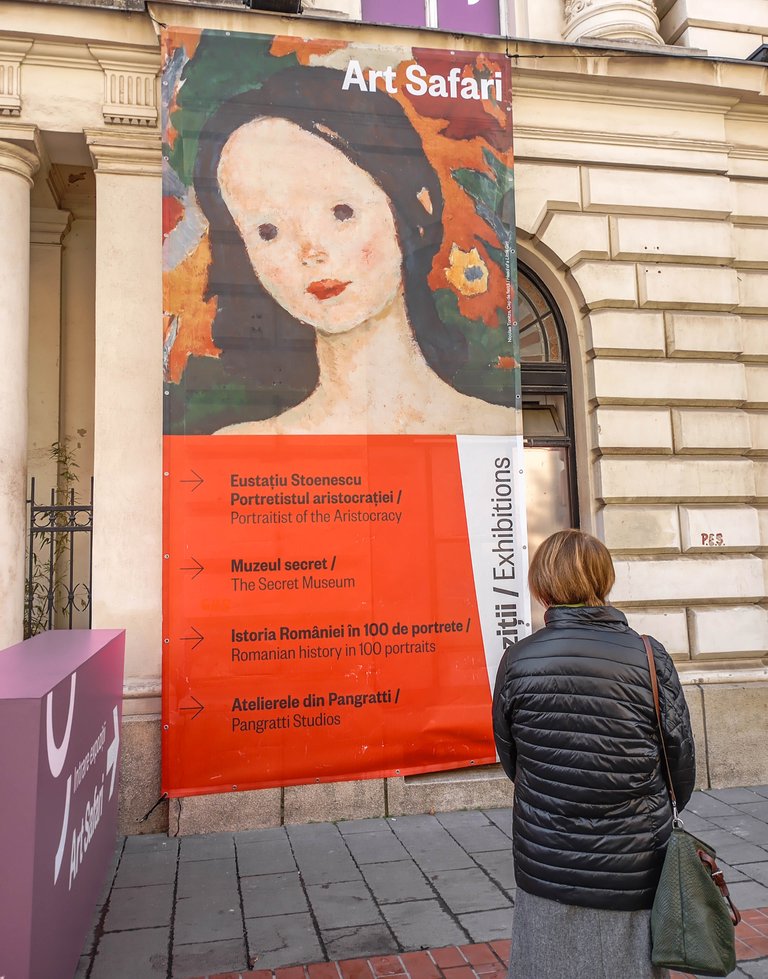
I looked through my photos and found a lot with characters seen from behind. I looked at them differently and tried to see what I hadn't seen before.
What is the meaning of this posture?
I'm going to post some of these photos next.
Walk in the park.
A place to observe people and life as it manifests itself.
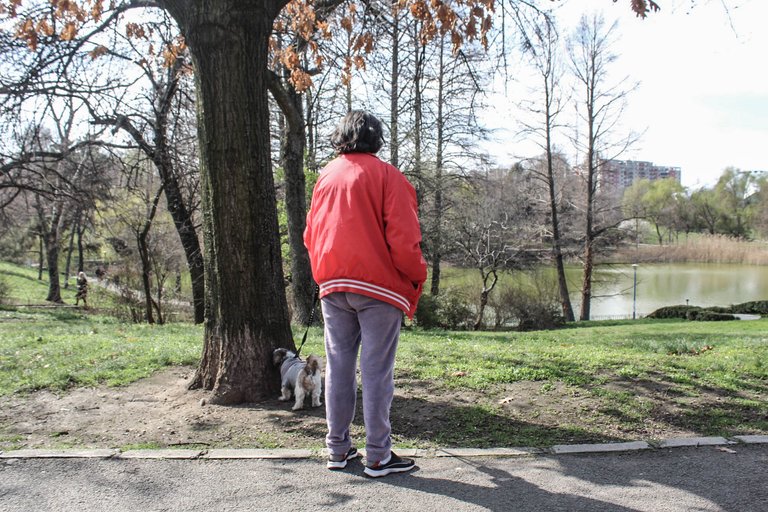
Most people don't choose to turn their backs on everything. The viewer and photographer have chosen to take this posture of the subject.

Regardless of how the character in the photo is shown, the image expresses a refusal.
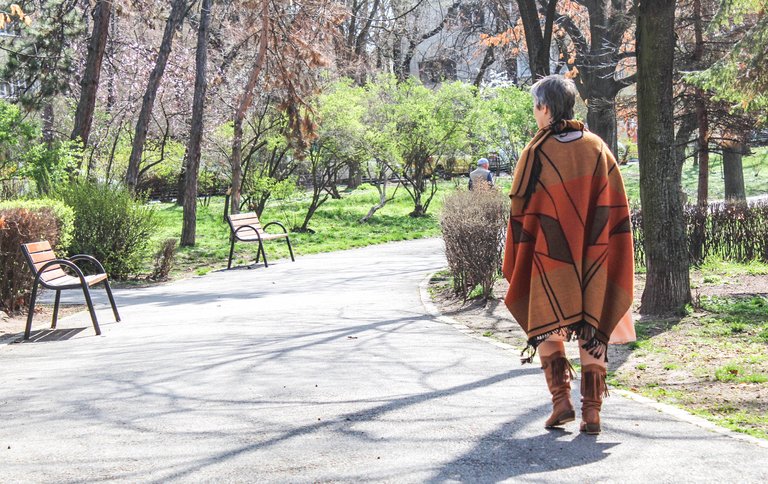
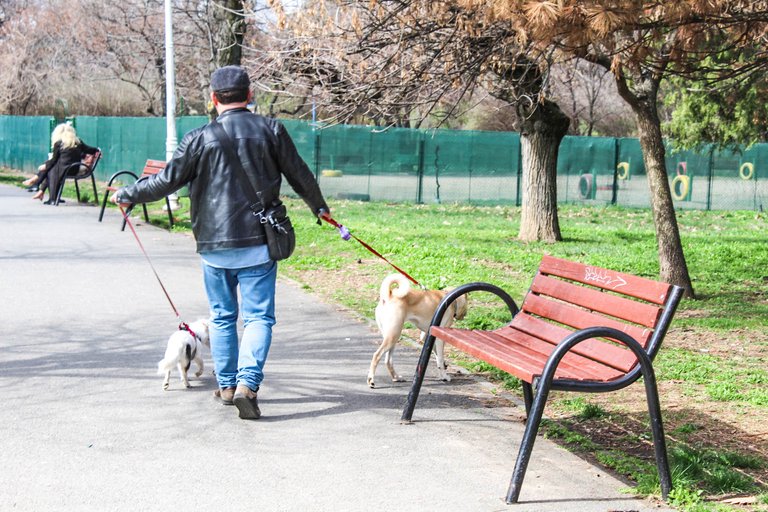

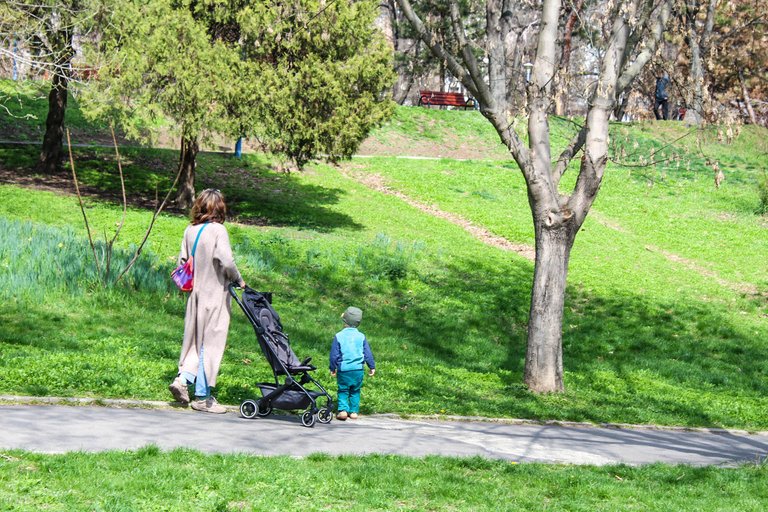
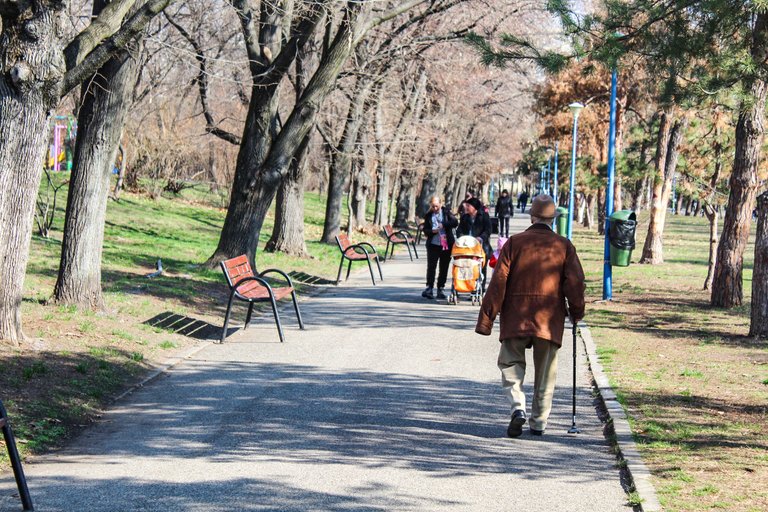
Either you don't want to be bothered with what you do, or you don't want someone to join your group, to be removed from your thoughts and problems. You have to turn your back!
That's what I understood from the photos from my most recent walk in the park. That seems to be what the author is trying to say with his photos...
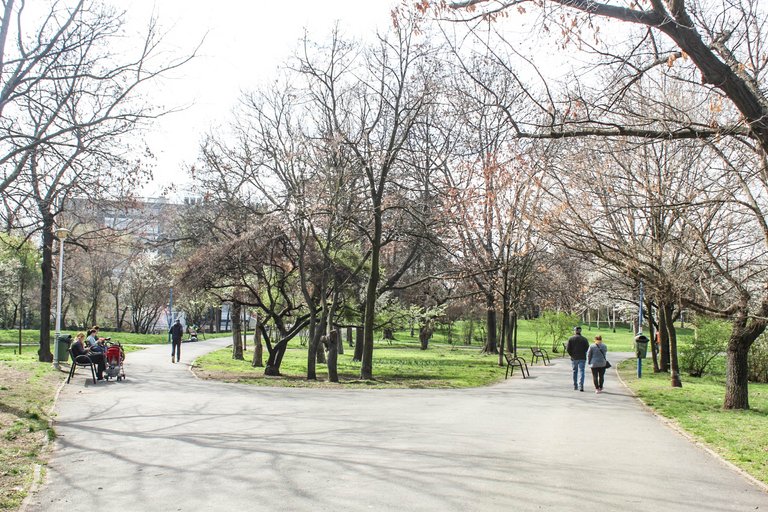
But the truth is different in this case. I took all these photos from behind because I didn't want people to see me photographing them. I didn't want to disturb them in their walk. Most people don't like being photographed by strangers.
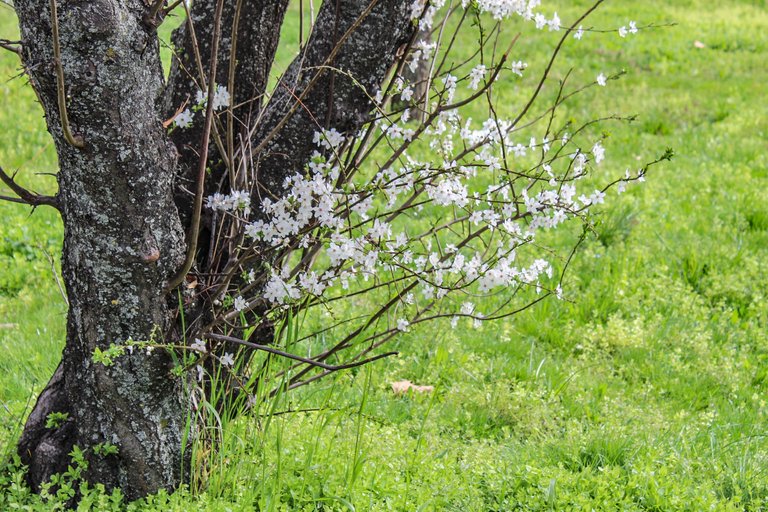
Spring has come in all its colors.
Trees don't care from which side they're photographed. Nature remains the most beautiful and understanding subject.
Real beauty!

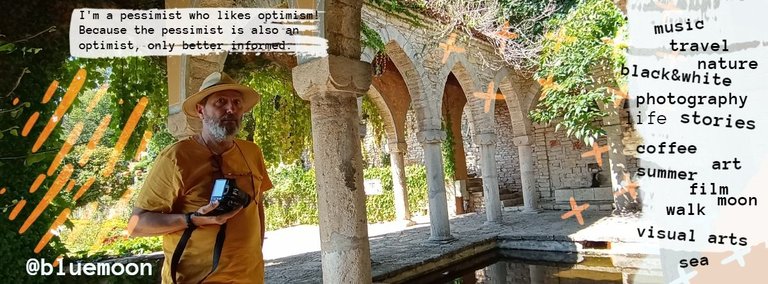
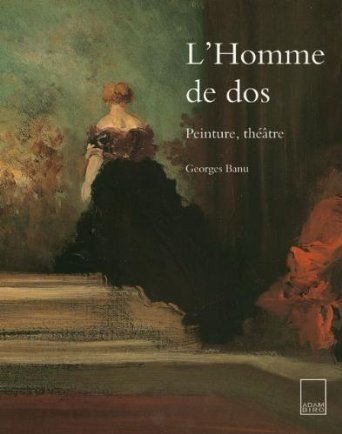
Join to our Discord Channel
Be part of our Curation Trail
Thanks!
It's so interesting how you mention this position and make a connection between theater, painting and photography. These are lines that I have truly enjoyed reading, in addition to appreciating the good shots you took in that park.
I hope you have a nice day @bluemoon Best regards!
!discovery 35
!ALIVE
@bluemoon! You Are Alive so I just staked 0.1 $ALIVE to your account on behalf of @ dimascastillo90. (3/10)
The tip has been paid for by the We Are Alive Tribe through the earnings on @alive.chat, feel free to swing by our daily chat any time you want, plus you can win Hive Power (2x 50 HP) and Alive Power (2x 500 AP) delegations (4 weeks), and Ecency Points (4x 50 EP), in our chat every day.

I photograph people from behind out of necessity and I loved finding a book that brought value and explanation to this mode of representation. In painting and theatre only. Obviously photography can be included. Thanks for your opinion!
This post was shared and voted inside the discord by the curators team of discovery-it
Join our Community and follow our Curation Trail
Discovery-it is also a Witness, vote for us here
Delegate to us for passive income. Check our 80% fee-back Program
Thank you!
Beautiful roads, paths and walks, I love to see the environment and people walking. Very beautiful shots. Thanks @bluemoon ❤️
With pleasure!